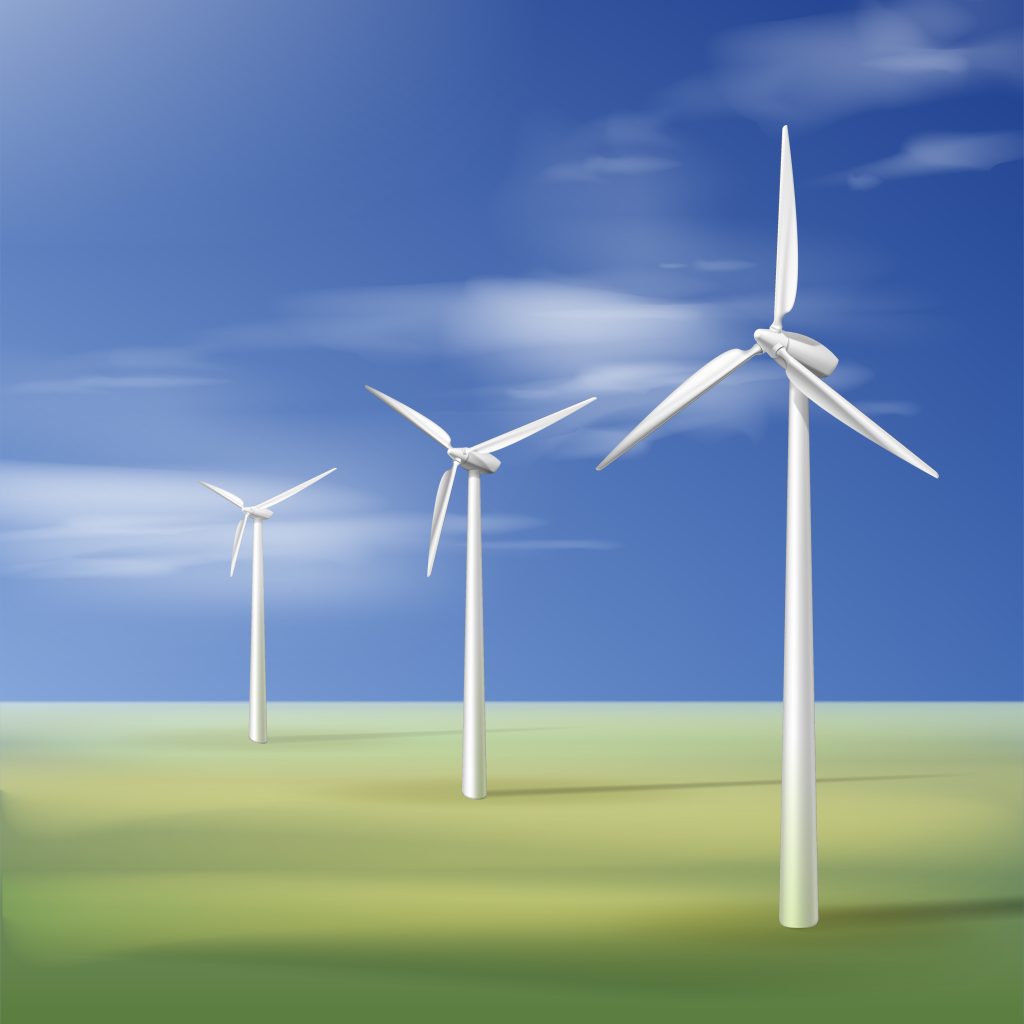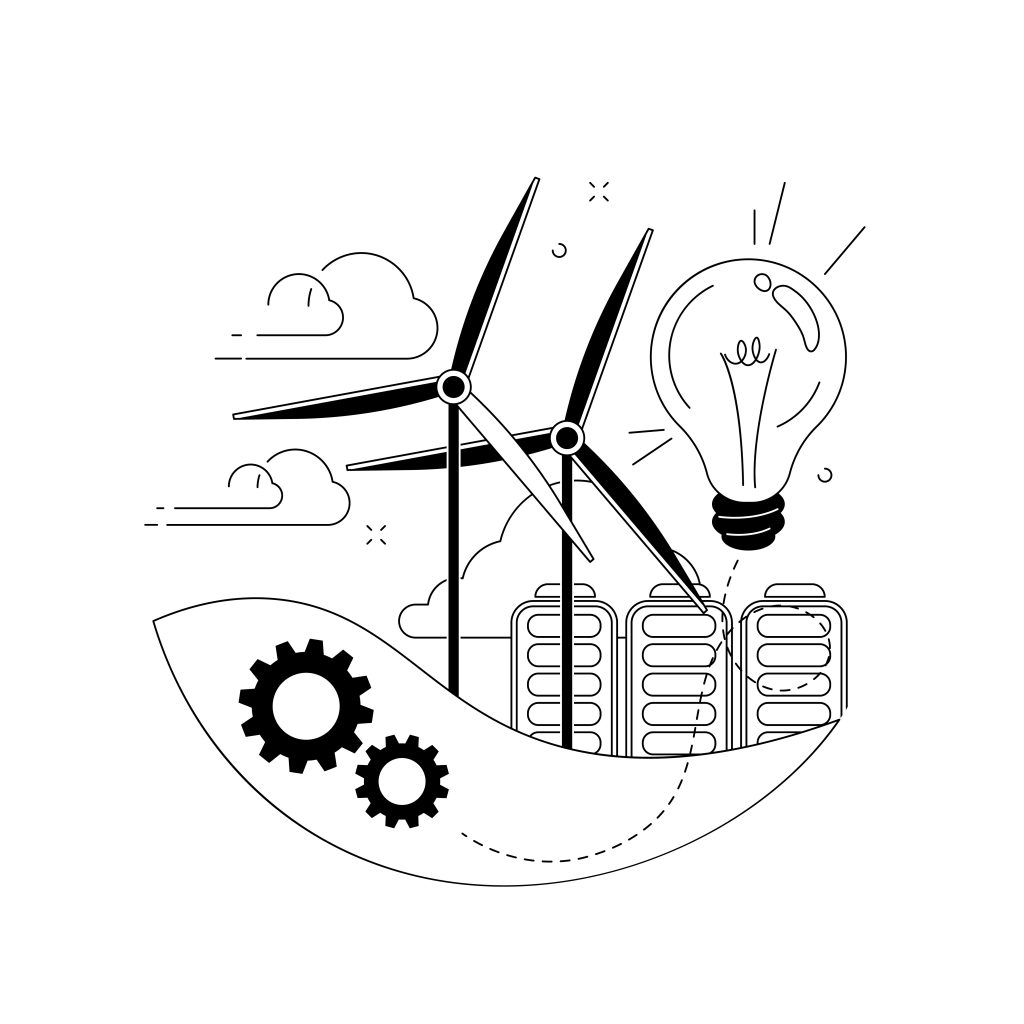
Energy monitoring in wind energy isn’t just about tracking numbers — it’s about unlocking insights that drive performance, efficiency, and a more sustainable future
What is Energy Monitoring in Wind Energy ?
Energy monitoring in wind energy refers to the process of collecting, analyzing, and optimizing data from wind turbines to track performance, energy output, and system efficiency. Using smart sensors and real-time data tools, operators can gain a deeper understanding of how their wind energy systems perform under varying environmental and mechanical conditions.

Project Wind Kraft:
Comprehensive Operations & Analysis. This system would ai to provide real – time monitoring, historical data analysis, and predictive insights to optimize wind turbine generator (WTG) performance, minimize downtime, and maximize energy production.

Dashboard Details
The central hub for immediate insights, customizable to show key performance indictors (KPIs) at a glance.
– Overall Plant Status: Real – time operational status of all WTGs (running, stopped, fault, maintenance).
– Current Power Output: Total power being generated by the wind farm in MW or GWh.
– Average Wind Speed: Site – wide average wind speed and individual WTG wind speeds.
– Availability: Current and historical availability percentages (Technical, Grid Internal).
– Generation Overview: Daily, Weekly, Monthly, and yearly energy production targets vs actuals.
– Key Alarms/Events: A summary of active faults and critical alerts requiring immediate attention.
– Performance Metrics: Quick view of Capacity Factor, Power Curve Deviation, etc.
– Environmental Data: Temperature, humidity, atmospheric pressure (if relevant to performance modeling).

Benefits of Energy Monitoring in Wind Energy
– Improved Efficiency and PerformanceEnergy monitoring helps identify underperforming turbines, optimize their output, and increase overall energy production.
– Predictive Maintenance Real-time data detects early signs of mechanical issues, allowing for timely repairs before major failures occur—reducing downtime.
– Enhanced Decision-Marking Accurate data and reports support better planning, resource management, and strategic upgrades across wind energy systems.
– Regulatory Compliance and Reporting Monitoring systems generate standardized reports that meet government and industry regulations, simplifying compliance
– Cost saving By improving performance and reducing maintenance costs, energy monitoring boosts efficiency and lowers the total cost of operation.

Report
Reports generated from monitoring systems provide stakeholders with a clear view of energy production, downtime, turbine health, and environmental conditions. These insights are crucial for:
– Investors: Understanding ROI and system viability.
– Operators: Managing day-to-day operations efficiently.
– Policy Makers: Ensuring renewable energy targets are being met.
– Engineers: Identifying areas for technical improvement


